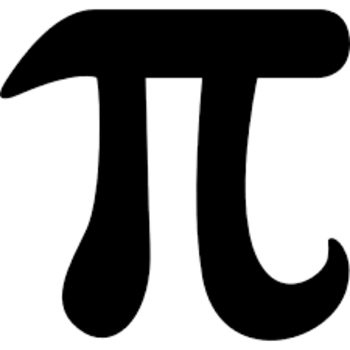Question #9f0fa
1 Answer
53.787
Explanation:
Not 100% sure on this one as I get a strange answer...
Changing the constant to a log allows you to start this question:
If it helps, think of the constant as "when I raise 10 to the power of this number, what do I get?". That is the log.
Similarly,
Another rule of logs is that if you add them, you multiply the brackets so the equation now becomes:
Now remove the logs as you have one on both sides:
I put this graph into Desmos online as it only has one root and it's a weird decimal. Usually you get something a bit nicer than this so I may have gone a bit wrong somewhere!!

